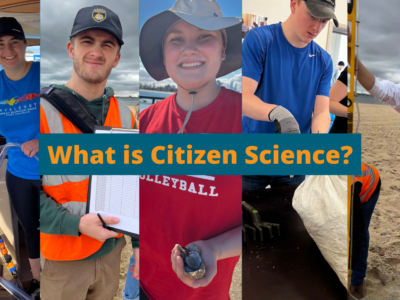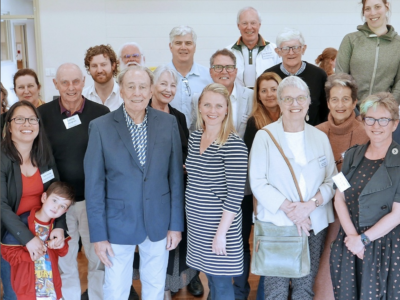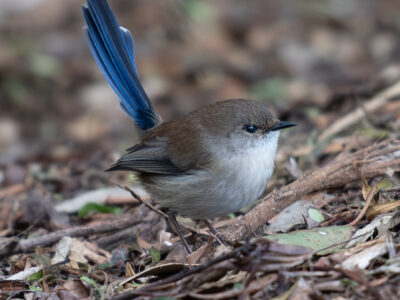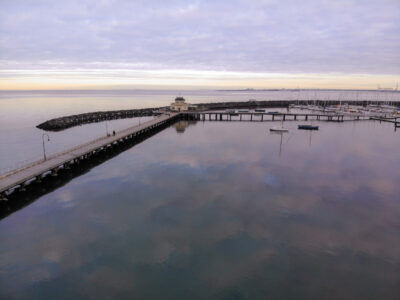Until 50 years ago, people thought that the living matter on Earth could not influence the non-living matter – we were dependent on what non-living matter existed, such as water and rocks, and humans could not impact them. The Gaia theory explains that both the living and non-living spheres are completely interactive and influence one another. The Lion King wasn’t far from the truth – there are complex cycles between living and non-living matter, in a constant state of rotation. Until (living) bacteria learnt how to photosynthesise, there was no (non-living) oxygen present in the atmosphere, rendering Earth uninhabitable. Without (non-living) water, life could not have developed. Rocks and coal (both non-living) contain carbon, which originated from (living) trees.
These cycles have existed for hundreds of millions of years, in a delicate state of equilibrium. However, equilibriums are only maintained up until a certain point: if there comes a shock that’s too great, they’re thrown out, and all these cycles and balances are completely disturbed. This is key for climate change. Often people consider a 1°C change in temperature to be miniscule, but consider the human body. Your body temperature stays constant whether you’re in a warm or cool climate, but if your body temperature changes by just 1°C, you’re ill and you can feel it. In a balanced system – like our bodies, or the Earth – 1°C is huge.

The Earth has 4.6 billion years of stories of change and equilibrium like these, and Tamara Taylor aims to tell some of these stories through Deep Time Walks. Deep Time Walks are transformational experiences that encourage people to look at our planet in a completely different way. Most people are aware, at least at a basic level, of some of our environmental challenges, such as climate change – but people lack awareness of the 4.6 billion years that led to this point, and struggle to conceptualise such a massive number.
Tamara takes groups on a 4.6km walk in Melbourne’s south-east, where every millimetre they move represents 1000 years in the Earth’s history. This gives people an extradimensional view of Earth. Groups learn that there was a period of 40 million years in which trees didn’t decompose, but compressed, leading to the formation of coal – and that occurred 350 million years ago. All the coal we’ve ever used is from that period of 40 million years, or just 40cm of the 4.6km walk. Deep Time Walks aim to convert these enormous scales and impacts to something tangible and physical that the human brain can understand.
Humans have only existed for the last 25cm of the 4.6km walk, and the industrial revolution spans just a quarter of a millimetre on this timeline. Yet in this short time, humankind has gotten perilously close to completely disrupting the planet’s fragile equilibrium. This is the latest example of how the living is impacting the non-living, and vice-versa. We no longer have the natural conditions to replace the coal that we’re extracting, and rising concentrations of greenhouse gases are set to impact all types of living matter. To understand our present we must understand our past, and use this to protect our planet’s future.
Tamara regularly leads Deep Time Walks along the foreshore between Brighton and Ormond. The next Deep Time Walk is planned for 20th September 2019, as part of a global day of Deep Time Walks. For all booking information, or to organise a Deep Time Walk for your own group, please click here. Tamara’s Deep Time Walks are based on a project originally undertaken by Debby Badger, and Schumacher College (UK). Download the official Deep Time Walks app here.




